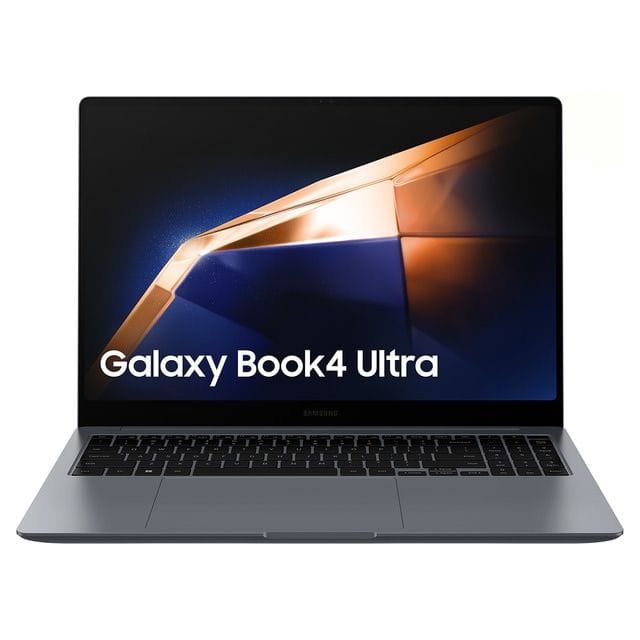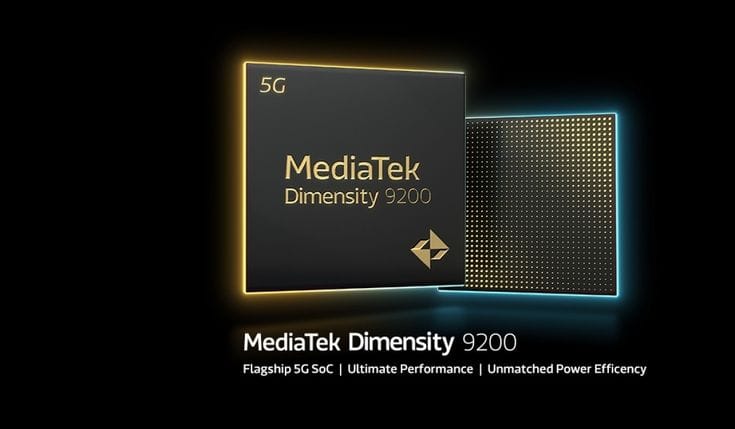The ARM Revolution in Laptops: The Galaxy Book4 Ultra by Samsung And The New Age of Snapdragon Elite Chips
When entering 2024, the laptop sector is on the precipice of a major transformation due to a shift to using ARM-based processors. Samsung’s latest addition of the Galaxy Book4 Ultra is a nice, sleek piece of work, running on the Snapdragon X Elite chip. We need to drill down further now into what those mean for consumers and for the world of computing.

In this context, the business model that has emerged as the main driver for the growth of ARM in consumer laptops worldwide is discussed below:
The shift of the consumer laptop from x86 to ARM architecture has been gradually increasing lately, particularly because of Apple’s M-series chips. Now, with Qualcomm’s Snapdragon X Elite platform and Samsung’s application to the Galaxy Book4 Ultra, people are going to have first contenders for the leadership from Apple that are running Windows on ARM.
Learning About the Snapdragon X Elite Platform
The Snapdragon X Elite is the most revealing entry point for Qualcomm to the PC market so far. Right at the core of it are Oryon CPU cores—a new sheriff in town to the previous Snapdragon laptop chips. Here are the key specifications:
- Up to 3-core Oryon CPU with 3.8GHz of operating frequency boost
- 12 high-performance cores
- Integrated Adreno GPU
- Integrated AI Neural Processing Unit or NPU
- LPDDR5X RAM up to 64GB.
Samsung’s Application in the Galaxy Book4 Ultra
Samsung’s integration of the Snapdragon X Elite in the Galaxy Book4 Ultra showcases the platform’s capabilities while adding unique features with ARM-based chipsets:
Performance Metrics
Early benchmarks suggest impressive performance numbers:
- Single-threaded performance matching Intel Core i7-13800H
- Cores count touching from the realms of high-performance desktop operating systems
- High performance when working with high-level loads due to heat dissipation.
- Graphic processing is more than adequate for medium graphic-intensive design work and leisure gaming.
Power Efficiency
One of the most compelling aspects of ARM-based systems is their power efficiency.
- Real-world battery life enhanced up to 20 hours
- Less thermal density than x86 competitors
- Cooled at a high level, which is seldom invoked even under average loads
Ecosystem Integration
Samsung has worked to ensure seamless integration with their broader ecosystem.
- New additions to the capabilities of the Samsung Phone Link.
- Work smarter with Android app enhancements via Windows 11.
- Continuity that works between smartwatches and Samsung smartphones and tablets.
The key technical beneficiaries of ARM architecture are discussed below Technical Benefits of ARM Architecture
Advantages for the Modern Instruction Set
ARM’s modern instruction set architecture (ISA) offers several advantages:

This is so because this concept leads us to the notion of simplified instruction decode logic.
- Imminent enhanced power gating features.
- Smaller but more accurate branch prediction.
- CONFIGURATION PERFORMANCE/ENERGY OVERHEAD
Challenges, Solutions, and Opportunities
Challenges Branch prediction is one of the seminal ideas at the center of discussion while executing decisional instructions, where on average, execution of 1024 special decisional instructions requires one prediction take.
Other modifications that have been made at the physical level are improvements in security.

ARM Dimension 9200 is MediaTek’s latest flagship chipset
Memory and Cache Architecture
The Snapdragon X Elite implements a sophisticated memory hierarchy:
The first level of cache and the second one are integrated into each core.
L3 cache organization, which operates at low latency shared
A category that could also offer optimization strategies includes direct memory access (DMA) optimizations.
They are underlying memory compression technology
- Release Notes: Caution for constructing software and operating system compatibility: Software optimization
Native ARM Applications
The success of ARM-based laptops heavily depends on software optimization.
- Microsoft’s dedication for ARM64 work
- Increasing amount of applications developed in native code terms
- Optimisations in some of the most utilised productive software applications
- Improvements made to the developer tools for ARM64 compile time
Emulation Performance
For x86 applications running through emulation:
- Moving along the line, there are enhancements in the core and memory space of the 64-bit copy of Windows 11.
- ultra-low overhead for almost all applications
- Certain types of specialised software are still not fully compatible with the cloud.
- Gaming through emulation seems to lead to favorable outcomes.
Future Consideration and Import on The Industry
Market Positioning
- The introduction of high-performance ARM laptops is reshaping the market.
- The emergence of premium positioning with a philosophy of competitive pricing.
- The emphasis should be made on professional & creative users.
- How mobile application integration supports working with mobile ecosystems.
- Opportunity of the development of new form factor and designs
Industry Response
The broader industry is responding to this shift:
Intel and AMD are working on their separate hybrid designs.
Software developers focusing on those applications which can be natively developed on the ARM platform
Cloud services post-silicon Viking for ARM workloads
Cross-application development is becoming a new norm.
Conclusion
This is more than just another laptop from Samsung; using the Snapdragon X Elite in the Galaxy Book4 Ultra has proved that ARM architecture has a place in premium Windows machines. Thanks to high performance indicators, a battery exceeding any of its competitors, and an expanding software ecosystem, we are seeing the tip of the iceberg in terms of the ongoing transition in personal computing.
The success of these devices will probably push for production of more ARM-optimized software and other manufacturers to consider such a path as well. Therefore, as the ecosystem matures, users are likely to benefit from even better performance, efficiency, and controlled interconnectivity between their devices.
For anyone professionally or personally planning their next laptop, the Galaxy Book4 Ultra with Snapdragon X Elite could be one of the best options for performance seekers while getting future-proof features in terms of battery life and other novelties. While software compatibility issues still persist, the advantages of ARM architecture are slowly becoming hard to overcome.
These changes in the laptop market may mean better convergence between full mobile computing and full desktop computing for all consumers, culminating in better, more efficient laptops for all types of use.

Good job bro